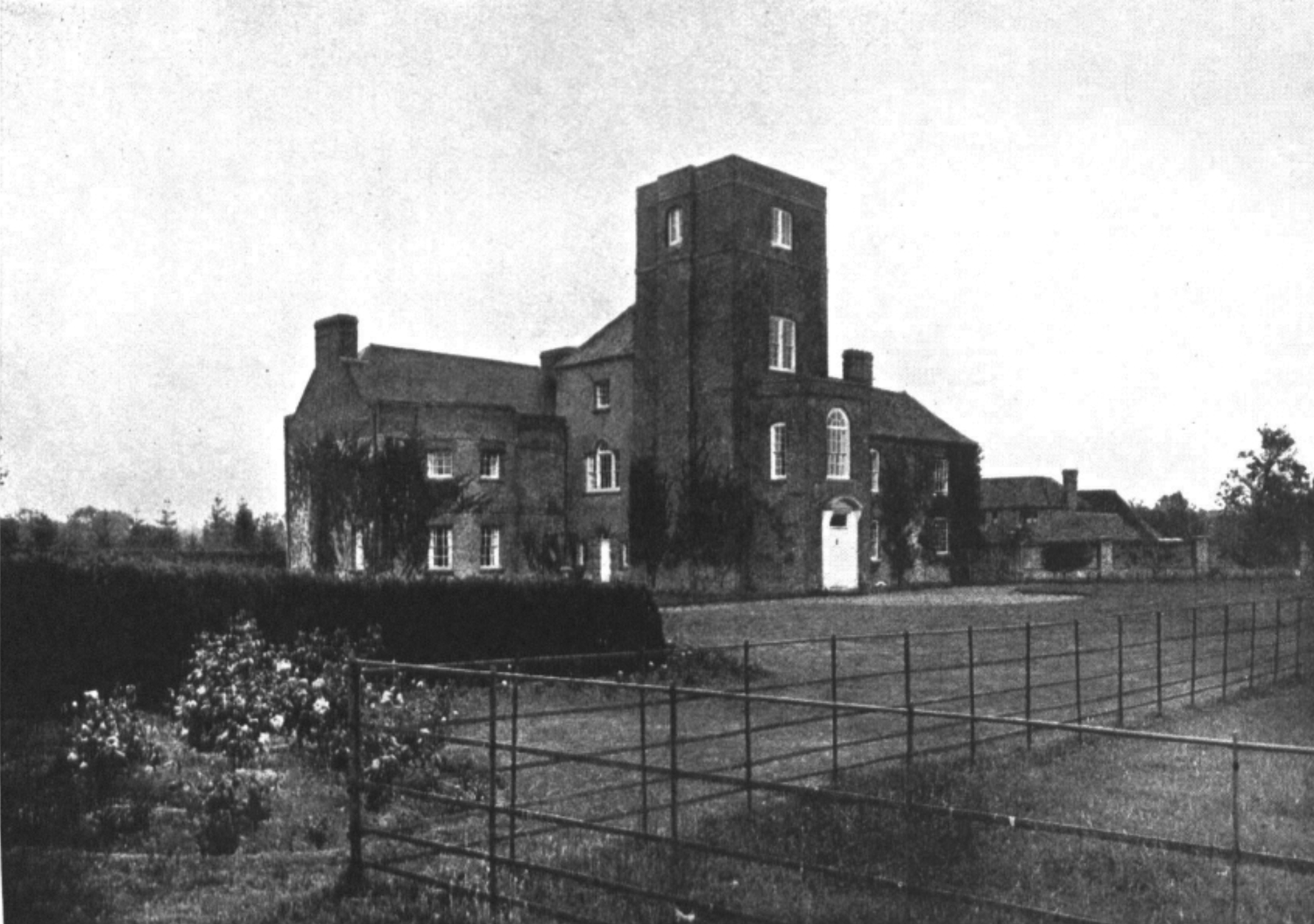
Romden Place and its restoration
Contributions to the next volume are welcome. See the guidance for contributors and contact Editor Jason Mazzocchi. Also see the guidance for peer review.
Search page
Search within this page here, search the collection page or search the website.
Sittingbourne Wills - Ony to Wyn (concluded)
Notes on some West Kent Roads in Early Maps and Road-Books
ROMDEN PLACE AND ITS RESTORATION. 75 kitchen and buttery, with a bower above the buttery for the sole use of Nicholas and his lady. The reputed ownership of the Guldefords (Villare Cantianum, by Thomas Phihpot, 1659: p. 312) seemed likely to throw hght upon the tower, the stable-range, and other parts of the fabric built of dark-red brick, and otherwise distinguishable from the structures of the Stuart and later periods. For at the time in question (1450-1509) the Guldefords (or GuUdfords) had two seats both within 8 miles by crow-flight from Romden: Halden Place in Rolvenden— the older of the two—and Hemsted Place in Benenden.1 While Hemsted, the later and far more imposing mansion, has been completely demohshed, at Halden, long since converted into a farmhouse, I found a stable range, and other survivals of the 15th century mansion, built of the same dark-red bricks and otherwise resembhng the corresponding structures at Romden. But more persuasive than any such evidence is the tower itself. When I came in 1909 the porch and the windows had been bricked up, the ground floor (converted into a bakehouse and coal ceUar) and the floor above had smaU extemporary windows, but the two upper floors, to which access was gained by a ladder, were in total darkness. And, what was more disastrous, the lead roof had been for many years past so much neglected, that the rain water had rotted the wood-work of the interior, and the whole of the floor-timbers, and seven out of the eight massive oak beams which carried them, had to be replaced. Yet, in spite of this neglect its 2 foot 6 inch waUs had been built so solidly, that the external hnes of the fifty foot elevation were only six inches out of the perpendicular. The house of which this tower was an integral part would scarcely have been binlt for the occupation of an insignificant esquire. With much greater 1 Sir Richard Guldeford, High Sheriff of Kent in 1494, appears to have been the last Guldeford to hve at Halden. His second son, George, was established at Hemsted; and successive Guldefords hved at Hemsted up to the time of Sir Robert Guldeford, created a baronet by James II, who died without issue. The baronetcy then became extinct, and the Manor of Hemsted was sold c. 1718 to Admiral Sir John Norris.
